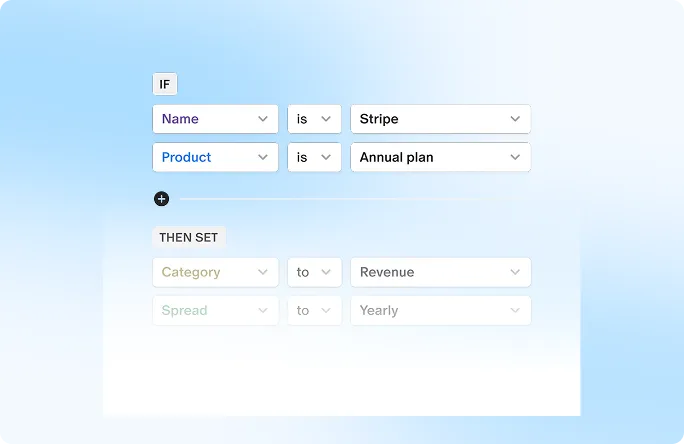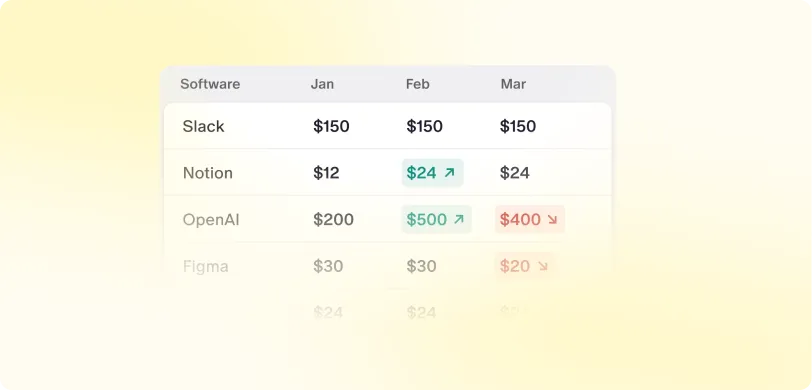No Equity Options Plans are substantial without the company's intent to actualize its offerings. To better plan any equity structure, founders always grapple with the question of how to distribute equity and how to structure the vesting timeline so that the interests of both the company and the employees are balanced equally. Without a carefully designed vesting schedule, companies can risk low productivity, loss of crucial talent and diminished investor confidence.
In this very landscape, we come across two terms, Single Trigger vs Double Trigger Acceleration.
What is Acceleration of vesting?
Acceleration in vesting refers to the process by which the schedule for the gradual acquisition of ownership rights to an asset, such as stock options or restricted stock units, is sped up under certain circumstances.
How does Accelerated Vesting occur?
Typically, vesting occurs over a specified period, during which employees gradually earn the right to exercise their options or receive shares. However, in the event of triggering events like a change in control of the company, acceleration can occur, allowing employees to gain immediate or accelerated access to their vested equity. Such triggered acceleration can highly influence the success and viability of equity plans, giving employees a clear idea on when and how they can exercise their vested stocks.
In this blog, we will discuss both the types of Acceleration in detail.
What is Single Trigger Acceleration?
Single trigger acceleration refers to a scenario where a portion or all of an employee's unvested equity becomes immediately vested upon the occurrence of a predefined triggering event. This event is typically a change in control of the company, such as a merger, acquisition, or sale. When a single trigger event occurs, employees with unvested equity grants automatically have their vesting schedules accelerated, granting them immediate access to their shares or options.
Benefits of Single Trigger Acceleration for Employees
1. Provides a sense of security and assurance that their equity holdings won't be negatively impacted in the event of a significant corporate change.
2. Allows employees to realize the value of their equity awards without having to wait for the original vesting schedule to complete.
Drawbacks of Single Trigger Acceleration for Employers and Acquirers
1. May incentivize employees to prioritize a change in control over the long-term success of the company.
2. Complicates negotiations during mergers or acquisitions, as potential buyers may be wary of assuming the accelerated equity obligations of employees.
What is Double Trigger Acceleration?
On the other hand, double trigger acceleration requires two separate triggers to occur before equity vesting accelerates. Typically, the first trigger is a change in control event, like single trigger acceleration. However, the second trigger is usually tied to the employee's termination without cause or resignation for good reason within a specified period following the change in control.
Double trigger acceleration aims to strike a balance between protecting employees' interests and aligning their incentives with the company's long-term goals. By requiring both a change in control and subsequent termination or resignation, it ensures that employees are rewarded for their contributions while still encouraging them to remain engaged and committed to the company's success post-acquisition.
Benefits of Double Trigger Acceleration for Employers
1. Provides greater control and certainty during acquisition negotiations.
2. Mitigates the risk of employees leaving an masse following a change in control.
3. Aligns the interests of employees and acquirers, fostering a smoother transition and integration process.
Why are Vesting Schedules important?
A vesting schedule is a roadmap that outlines the gradual acquisition of ownership rights to equity awards, such as stock options or restricted stock units (RSUs), over a specified period. Typically tied to continued employment, these schedules ensure that employees earn their equity benefits over time, aligning their interests with the long-term success of the company.
Why is Accelerated Vesting Important?
Accelerated vesting fast-tracks this timeline, allowing employees to gain immediate or expedited access to their vested equity. Triggered by specific events like a change in control, termination, or other predefined circumstances outlined in the equity compensation plan, accelerated vesting serves multiple purposes, including:
1. Fast-tracks Equity Access: Accelerated vesting allows employees to quickly access their vested equity, providing immediate or expedited ownership rights triggered by events like a change in control or termination outlined in the compensation plan.
2. Retention and Motivation: Acts as a retention and motivation tool by rewarding employees for their contributions, fostering loyalty, and ensuring timely access to earned value, crucial during periods of uncertainty or transition to retain key talent.
3. Talent Attraction: Enhances the appeal of equity compensation packages, making the company more competitive in the job market. Potential recruits are attracted to realizing the value of their equity awards sooner, aligning their interests with the company's success.
4. Protection during Events: Provides protection for employees' equity interests during significant company events like mergers, acquisitions, or IPOs. Immediate access to vested equity shields employees from potential disadvantages due to changes in ownership or corporate structure.
5. Fairness for Departing Employees: Ensures fairness for departing employees, allowing them to retain the value earned through their contributions even if they leave before the original vesting schedule is completed. This fosters a positive employer brand and helps maintain positive relationships with former employees.
Choosing the Right Acceleration
Deciding between single and double trigger acceleration depends on the company's growth stage, industry norms, and objectives. Single trigger acceleration offers immediate vesting upon termination without cause or resignation for good reason but doesn't protect against poor performance terminations. It's less expensive for employers and poses less risk for shareholders but may lead to misaligned incentives, complexity in negotiations, acquirer risks, and potential talent flight.
Double trigger acceleration requires two separate triggering events, typically a change in control or acquisition followed by termination of employment. It provides additional protection for employees, aligns incentives with long-term company goals, and addresses concerns of potential acquirers, making it a preferred choice for many companies seeking to optimize their equity compensation plans.
Regardless of the acceleration model chosen, clear communication and transparency are paramount. Employees should fully understand the terms of their equity grants, including any acceleration provisions, to make informed decisions about their future with the company.
FAQs
1. Why is double trigger acceleration gaining popularity among companies?
Double trigger acceleration aligns employee incentives with long-term company goals, provides protection for employees in times of transition, and addresses concerns of potential acquirers, making it a preferred choice for many companies seeking to optimize their equity compensation plans.
2. What are the best practices for designing an effective accelerated vesting strategy?
Best practices include considering different time horizons, communicating effectively, and regularly reviewing and adjusting the accelerated vesting strategy to align with market conditions, business priorities, and individual circumstances.
3. What are the advantages of double trigger acceleration?
Double trigger acceleration provides an additional layer of protection for employees, aligns employee incentives with long-term company goals, and addresses the concerns of potential acquirers.


 Equity management
Equity management

 Fund management
Fund management

 Fund management
Fund management

 Fund management
Fund management










































